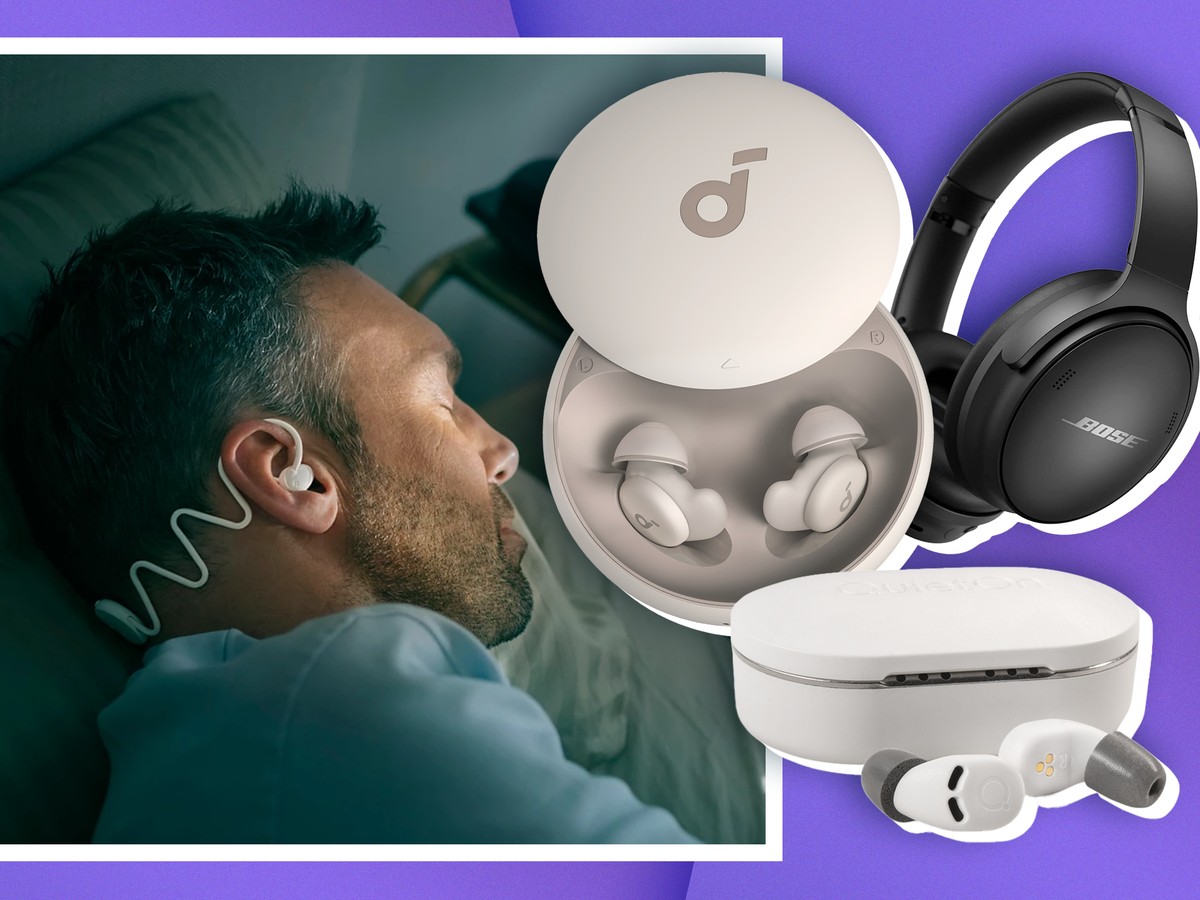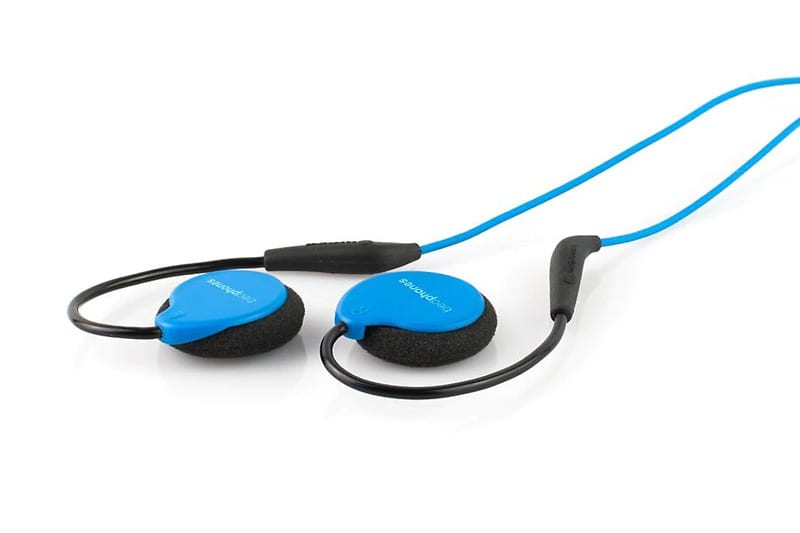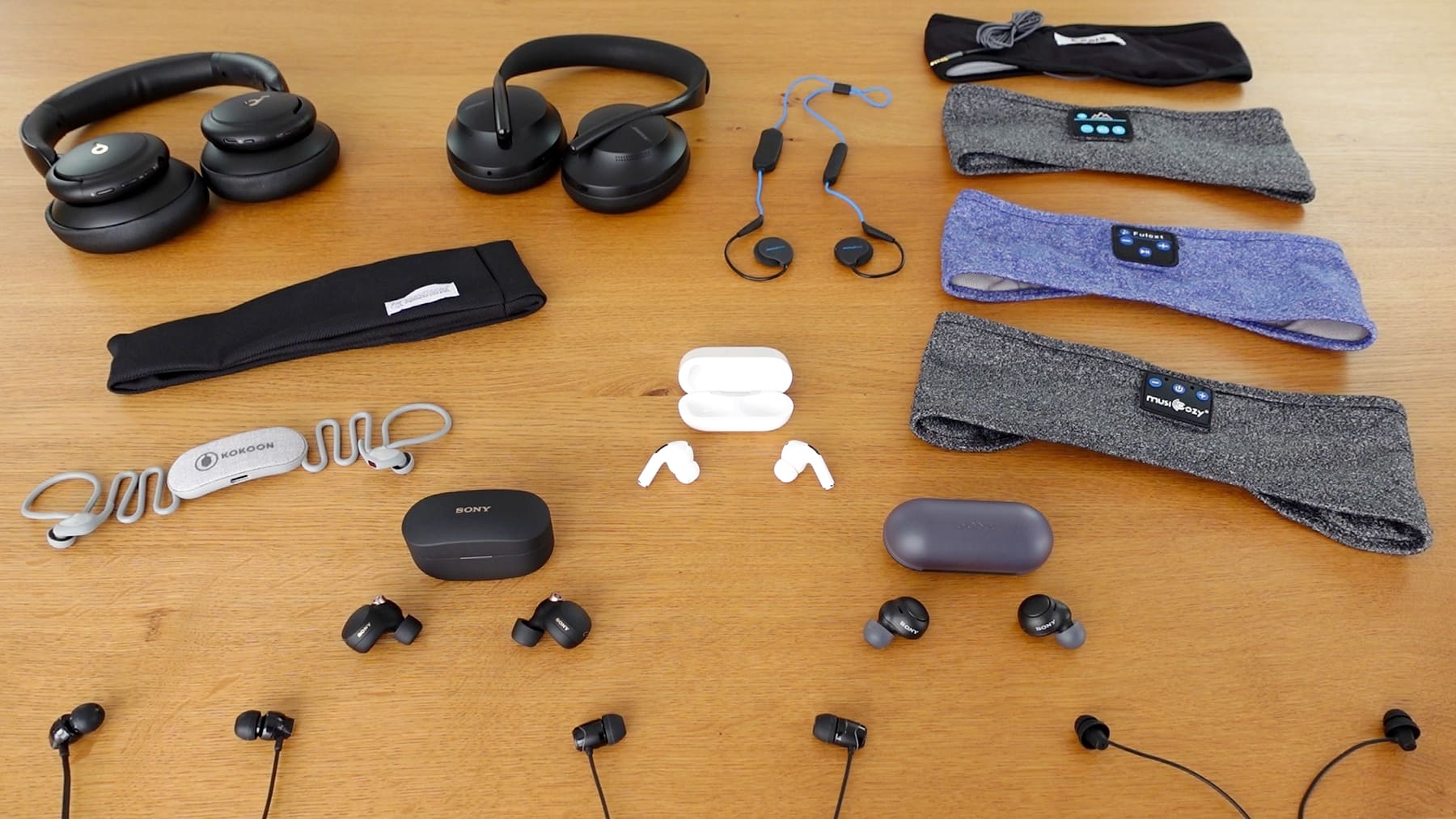Sleep Aid Headset Comfort: Best Picks for All-Night Wear
At NeuroTechInsider.com, we live and breathe sleep tech. And let’s be honest—when it comes to wearable devices that actually help you sleep, comfort is everything. You could have the most advanced neurostimulation or sound therapy device in the world, but if it digs into your ear or shifts in your sleep, it’s not helping—it’s hurting. That’s why we’re diving deep into the comfort factor of sleep aid headsets. Whether you’re a side sleeper, have sensitive ears, or just want your gear to disappear while you drift off, we’ve got you covered.

Why Comfort is Crucial in Sleep Headphones
Sleep is personal. So is pain. The wrong pressure point or slightly tight earbud can turn eight hours of rest into a restless night. Most of our readers are dealing with insomnia, stress, or neuro-sensitivity, so we get that comfort isn’t a luxury—it’s essential.
- Side sleepers need low-profile designs that won’t get crushed against a pillow.
- Hot sleepers might want breathable fabrics to avoid sweating under a headband.
- Sensitive skin? Soft-touch silicone or fleece could make or break your experience.
“The best sleep aid is the one you forget you’re even wearing.”
1. Understanding Different Sleep Positions
If you sleep on your side, skip the bulky over-ear headphones and go for either ultra-slim earbuds or a flat headband design. Back sleepers have more flexibility, but may still prefer lightweight options that won’t shift as they move.
2. Pressure Points and Ear Sensitivity
We’ve heard from countless users at NeuroTechInsider.com who ditch otherwise great devices simply because they press too hard against the inner ear. This is especially true for in-ear designs without soft tips or those that protrude even slightly.
Top Sleep Headsets Rated for Comfort
Let’s get into the top contenders. We tested these headsets not just for tech, but for real-world wearability. Here’s how they held up in our comfort-first reviews.
Soundcore Sleep A20: Slim Fit, Strong Reviews

- Design: Lightweight, ultra-compact earbuds with several tip and wing sizes for a tailored fit.
- Comfort Level: High comfort rating from side sleepers—these stay in without pressure.
- What We Loved: Discreet profile, soft material, customizable fit.
- Drawbacks: Noise isolation isn’t perfect, and the charging case can be a little fiddly.
More than a few reviewers said it felt like “nothing was there”—which, in our book, is the gold standard. You can read more detailed user reviews on CNET’s roundup of best sleep headphones.
Ozlo Sleepbuds: Minimalist, Ultra-Comfortable
These have become a cult favorite for one reason: you barely notice them.
- Design: Flat, ultra-flush in-ear buds with multiple sizing options.
- Comfort Level: Often called the most comfortable in-ear sleep headphones—ideal for all-night wear.
- What We Loved: Virtually no profile, and they stayed put—even for active sleepers.
- Drawbacks: Those with especially small or sensitive ear canals might still feel them, though less than others.
Want a more clinical comfort score? SleepFoundation.org rates these as best-in-class for durability + comfort combo.
SleepPhones Headband: The Best for Side Sleepers

This is the classic solution that’s still a winner in 2025—especially if you hate things in your ears.
- Design: A soft, washable headband with flat embedded speakers. Comes in fleece or breathable “Breeze” fabric.
- Comfort Level: Excellent for all sleeping positions, especially side sleepers and those with earbuds aversions.
- What We Loved: Zero in-ear pressure, adjustable fit, machine washable.
- Drawbacks: The Bluetooth module can feel a little bulky and requires careful positioning.
If you’re someone who gets hot at night, be sure to choose the breeze fabric version—it’s more breathable than fleece and just as soft. You can read our full feature on why SleepPhones are still king for comfort.
Bedphones and Other Alternatives

Need something between earbuds and a headband? Bedphones might be your jam. They sit just outside the ear canal and use a wire that wraps around the ear to hold position.
- Design: Ultra-thin on-ear speakers with secure wraparound cable.
- Comfort Level: Very good for side sleeping—especially if you dislike in-ear devices.
- Drawbacks: Wired design might be annoying for toss-and-turn sleepers. Wireless version is more expensive.
Other comfort-forward options include:
- Philips Sleep Headphones with Kokoon: Ultra-soft and low profile, though audio quality varies.
- SnoozeBand Deluxe Sleep Mask: Combines blackout mask + speakers for immersive comfort—but the mask can shift if you move a lot.
Need even more options? Check out this deep dive comparison of sleep headphones by No Sleepless Nights.
Comfort Comparison Table
| Headset | Comfort for Side Sleepers | Custom Fit Options | Notable Features | Drawbacks |
|---|---|---|---|---|
| Soundcore A20 | Excellent | Yes | Slim profile, lightweight, adjustable wings | Fiddly charging case, no ANC |
| Ozlo Sleepbuds | Outstanding | Yes | Flush design, ultra-compact | Might still be felt in very small ears |
| SleepPhones | Excellent | Yes | Soft, padded band, no in-ear components | Bluetooth module placement |
| Bedphones | Very Good | Yes | Ultra-thin, on-ear, no ear canal pressure | Wired design unless upgraded |
Coming up next: In Part 2, we’ll break down how to choose the right sleep headset for your unique body and sleep habits—and share real-life user insights from testers who’ve worn these for weeks.
What Makes a Sleep Headset Truly Comfortable?
It’s not just about foam or fabric. Real sleep headset comfort comes from a blend of smart engineering, human-centered design, and trial-and-error. Here’s what separates a good night’s sleep from a frustrating one:
Fit Customization and Materials
Comfort is deeply personal. That’s why brands that offer multiple ear tip sizes, flexible bands, or breathable fabrics tend to score highest in user reviews.
- Soft-touch silicone tips reduce friction and feel natural inside the ear.
- Padded headbands distribute pressure evenly across your head and avoid hot spots.
- Moisture-wicking materials are crucial if you sleep warm or sweat at night.
And let’s not forget durability—cheap foam loses its shape quickly, while high-end memory foam retains comfort over months of use.
Design Choices: In-Ear vs. Over-Ear vs. Headbands
Here’s a quick breakdown:
- In-ear sleepbuds (like Soundcore A20 or Ozlo) are best for compactness and low profile. Great if you don’t mind something inside your ears.
- On-ear options (like Bedphones) avoid ear canal pressure but might shift during movement.
- Headbands (like SleepPhones) are ideal for people who hate earbuds but want soft, wearable tech that’s nearly invisible under a pillow.
“You won’t know what works until you sleep in it for three nights straight. Always buy from brands with flexible return policies.”
We cover headset tech, stimulation wearables, and sleep performance devices across categories at NeuroTechInsider.com—so if you’re looking for alternatives to sleep meds, our in-depth reviews go way beyond just earbuds.
Tips for Choosing the Right Sleep Aid Headphones
Here’s your decision-making cheat sheet. Whether you’re trying to replace melatonin or just block out your partner’s snoring, use these tips:
- Know your sleep position: Side sleepers → go flat. Back sleepers → more flexible.
- Measure your ear size: Especially important for in-ear models with limited tip sizes.
- Check return policies: Some brands like SleepPhones offer generous trials so you can return if it’s not a match.
- Decide your use case: Are you listening to binaural beats? Noise masking? White noise? Music?
- Look beyond sleep: Some of these double as meditation or travel headphones too.
Real User Feedback: What People Actually Say
We scoured review forums, Reddit threads, and customer support logs to surface what people *actually* say after weeks of use. Here are the top patterns:
Most Loved Features
- “I forgot they were even in my ears.” – Ozlo user
- “No soreness in the morning, even after 8 hours.” – SleepPhones fan
- “The headband design is genius. Finally no plastic digging into my ears.”
Common Complaints
- “The Bluetooth module moves around too much.” – SleepPhones critique
- “Fit was great but I wanted better noise cancellation.” – Soundcore reviewer
- “Wired headphones were a pain to untangle each night.” – Bedphones user
These reviews reinforce one truth: comfort isn’t universal. What works for your sleep buddy might not work for you. But the more adjustable the device, the better your chances of finding that all-night bliss.
Final Verdict: Best Sleep Headset for Comfort in 2025
After deep testing, here are our winners for overall comfort across sleep styles and sensitivity levels:
Editor’s Pick: SleepPhones Headband
Why? No in-ear components. Soft material. Works with all sleep positions. Bonus: doubles as a workout or meditation headband.
Runner-Up: Ozlo Sleepbuds
Best in-ear option for comfort. Minimal profile, high retention, and excellent user reviews—especially from side sleepers.
Honorable Mention: Soundcore A20
Great value and solid comfort for people who want tech plus personalization. Just be ready to fidget with the case.
FAQs About Sleep Headphones and Comfort
Can side sleepers wear earbuds overnight?
Yes, but only certain models. Ultra-slim designs like the Ozlo Sleepbuds or Soundcore A20 are built specifically for side pressure. Avoid standard earbuds or AirPods—they’ll hurt.
Do sleep headphones hurt over time?
Cheap ones? Yes. Premium models with memory foam tips or soft fabric bands are designed to be pressure-free. Headbands like SleepPhones are usually safest for long-term wear.
Are there wireless and wired comfortable options?
Yes. Bedphones offer both versions, while most modern options like SleepPhones and Ozlo are wireless. Just note: wired models may get tangled during restless nights.
Do these devices help with more than just comfort?
Absolutely. Many people use them to layer in sound therapy, binaural beats, or guided meditation. At NeuroTechInsider.com, we even combine them with brain-stimulating wearables for next-level sleep optimization.
External Resources to Explore
- Sleep Foundation – Best Sleep Headphones
- No Sleepless Nights – Comfort Comparisons
- CNET – 2025 Buyer’s Guide to Sleep Headphones
At NeuroTechInsider.com, we’re more than just review writers—we’re sleep tech testers, neuroscience nerds, and total comfort geeks. If you’re searching for non-invasive wearables to transform your nights, start exploring our latest head-to-head comparisons now.
No pills. No gimmicks. Just data-driven insight—and a good night’s sleep.
